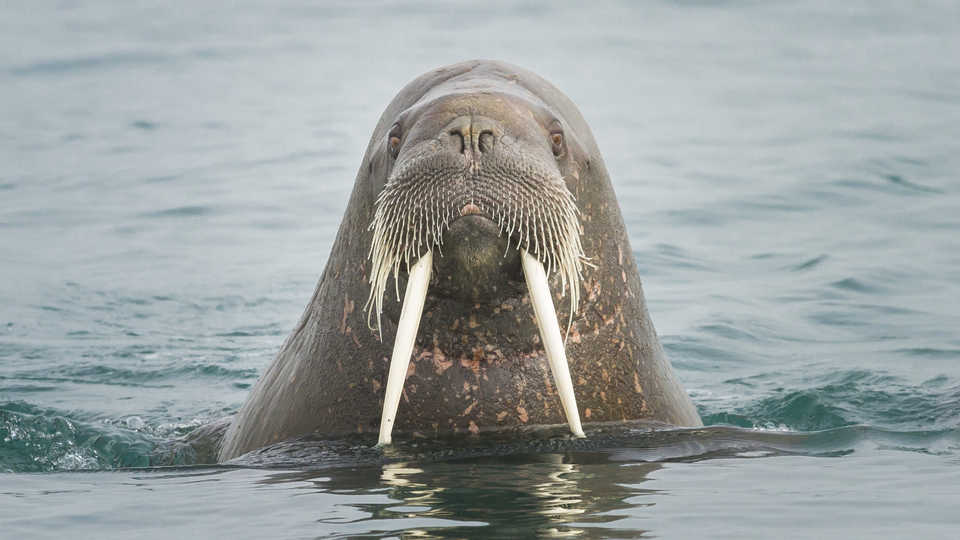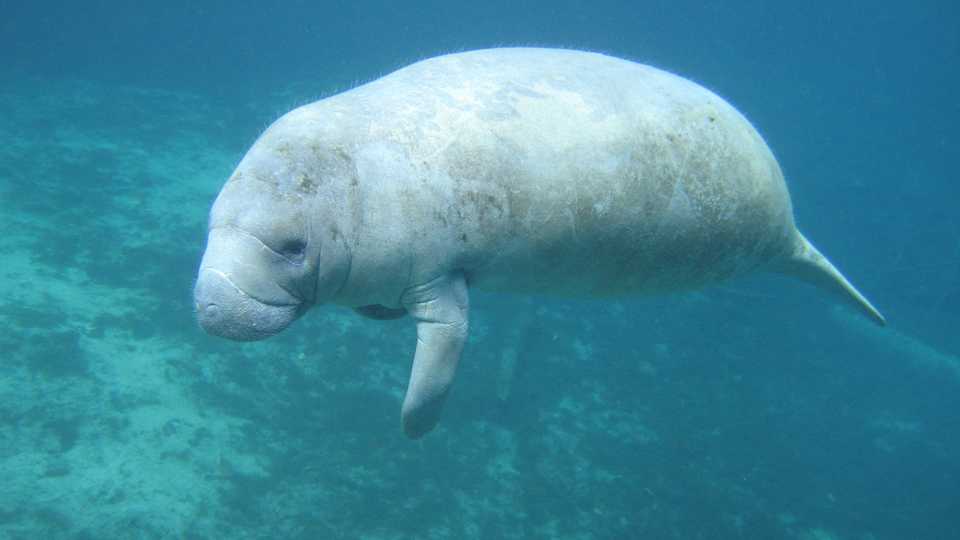Science News
Becoming Aquatic
Understanding evolution can be confusing: take a look at the diversity of species on Earth, and try to connect the dots between a bacterium and a blue-footed booby, a toadstool and a tiger, or a redwood and a right whale. To make matters worse, even some of these things that look alike aren’t closely related. This “convergent evolution” is everywhere. Just look at bats and birds: both have wings, but nobody would claim that they’re kin.
The same can be said for a lot of what lives in the ocean. Undersea adaptations such as fins and flippers span species, but what interests geneticist Andrew Foote of the Centre for GeoGenetics in the Natural History Museum of Denmark and the University of Copenhagen is how different marine mammals came to look so similar.
Foote took the DNA of four species—the bottlenose dolphin, the orca, the walrus, and the manatee—and compared their similarities and differences. To most, this quartet seems closely related, but Foote knew that walrus share ancestors with dogs and cats, while the killer whale and dolphin share relatives in cows and sheep. The manatee, perhaps unsurprisingly, is most closely related to elephants.
To understand exactly what differences Foote compared, we have to start with a quick review of basic biology. All living things on Earth make proteins from DNA templates. The proteins we have in common tell us how closely we are related to other species. This makes sense: if we make the same proteins, we probably have cells—and bodies made of those cells—that look pretty similar.
But as we mentioned with the birds and bats, it’s not always the case that large-scale appearances, or phenotypes, reflect the micro-scale molecules. So Foote asked: how much of these marine mammals’ appearance is matched by the proteins?
Using next-generation sequencing, Foote’s team found that many of the ocean-living adaptations (such as bone formation, inner ear formation and regulation of blood coagulation) were shared on a genetic level among the four marine mammals. In his paper published today in Nature, Foote noted that this kind of evolution may “favor a biased subset of available substitutions” in the DNA. That is, there may only be one way to turn land mammals into sea creatures, no matter where you start.
In comparing the sea creatures to their land cousins, the research team found some surprises: there was even more evidence of convergent evolution between species that look completely different than those similar-looking but less-related species. How could this be? Foote hypothesized that “the options for both adaptive and neutral substitutions in genes may be limited.” When a change in one gene affects multiple unrelated proteins, it’s less likely that a change in DNA there will benefit the organism.
Evolution is a tricky thing, and there’s no guidebook for scientists to follow when investigating the complex relationships that have developed between species over millions of years. The DNA record within every living thing is beginning to reveal new ways to refine the classifications of animals we thought we knew so well.
Images: walrus, Karen Munro; manatee, Robert Bonde, Sirenia Project, US Geological Survey; orca, Andy Foote


